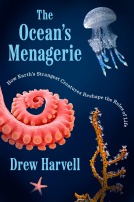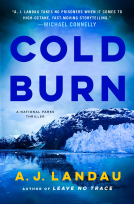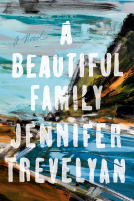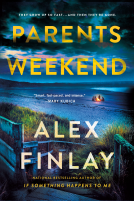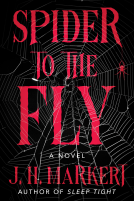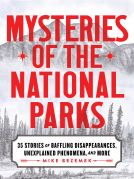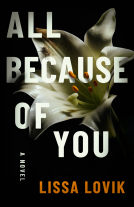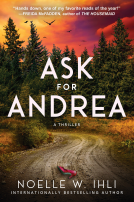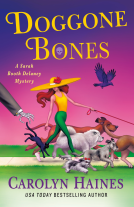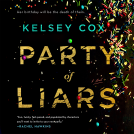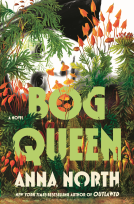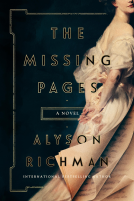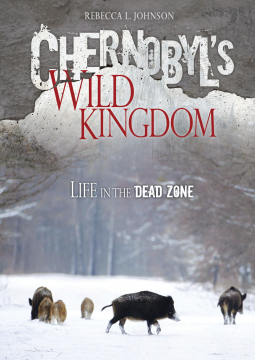
Chernobyl's Wild Kingdom
Life in the Dead Zone
by Rebecca L. Johnson
This title was previously available on NetGalley and is now archived.
Send NetGalley books directly to your Kindle or Kindle app
1
To read on a Kindle or Kindle app, please add kindle@netgalley.com as an approved email address to receive files in your Amazon account. Click here for step-by-step instructions.
2
Also find your Kindle email address within your Amazon account, and enter it here.
Pub Date Aug 01 2014 | Archive Date Oct 31 2014
Lerner Publishing Group | Twenty-First Century Books ™
Description
After the 1986 Chernobyl nuclear explosion in Ukraine, scientists believed radiation had created a vast and barren wasteland in which life could never resurface. But the Dead Zone, as the contaminated area is known, doesn't look dead at all. In fact, wildlife seems to be thriving there. The Zone is home to beetles, swallows, catfish, mice, voles, otters, beavers, wild boar, foxes, lynx, deer, moose—even brown bears and wolves. Yet the animals in the Zone are not quite what you'd expect. Every single one of them is radioactive.
In Chernobyl's Wild Kingdom, you'll meet the international scientists investigating the Zone's wildlife and trying to answer difficult questions: Have some animals adapted to living with radiation? Or is the radioactive environment harming them in ways we can't see or that will only show up in future generations? Learn more about the fascinating ongoing research—and the debates that surround the findings—in one of the most dangerous places on Earth.
Advance Praise
No Advance Praise Available
No Advance Praise Available
Marketing Plan
No Marketing Info Available
No Marketing Info Available
Available Editions
| EDITION | Other Format |
| ISBN | 9781467711548 |
| PRICE | $34.65 (USD) |
Average rating from 49 members
Featured Reviews
The 1986 Chernobyl nuclear power plant explosion left many scientists and laymen alike under the impression that the areas surrounding the plant would be a lifeless, barren wasteland that could not support life. Humans who lived within the Exclusion Zone were evacuated within days and many who were exposed to the worst of it immediately following the explosion grew sick or died from the exposure to radioactive fallout. The wildlife, however, stayed in place and to the surprise of many, some appeared to be thriving and perfectly healthy. Although scientists don't agree on whether certain levels of radiation are helpful or harmful to living creatures -they have evidence to argue both sides of the matter- they continue to study the wildlife in an attempt to determine the long-term effects of living in such a hotbed of radioactivity. Tables, maps, and occasionally haunting, occasionally disturbing images support accessible and informative, but always fascinating, text. Johnson does an exceptional job of presenting pertinent background information to a generation that is likely entirely unfamiliar with the accident and expertly provides multiple viewpoints on the state of wildlife in the zone, making it clear that science isn't always clearcut. An abundance of captioned, large color photographs as well as historical images are coupled with in-text definitions and supplemental breakout boxes to make this well-designed title visually appealing and easy to navigate. The well-rounded back matter includes author's note, glossary, source notes, a selected bibliography, print and digital additional resources, and an extensive index. This title would make an excellent resource for those studying the environment but would serve equally well as a source of pleasure reading to those interested in wildlife, world history, or the sciences.
Wonderfully written and very important part of history we should never try to hide away. A must for school libraries!
 Ryan A. F, Librarian
Ryan A. F, Librarian
Fascinating, completely Fascinating. I know a little about Chernobyl but admittedly not much. This book was about the incident, and what has happened since to the animals in the "dead zone". Compared to current scientific thoughts, not everything died off. Many of the animals have see increases in species numbers and are thriving in the unintended wildlife reserve. I love how this book talks not only about what happened in Chernobly but what has happened since then, such as in Japan after the earth quake. Great Book, great source.
